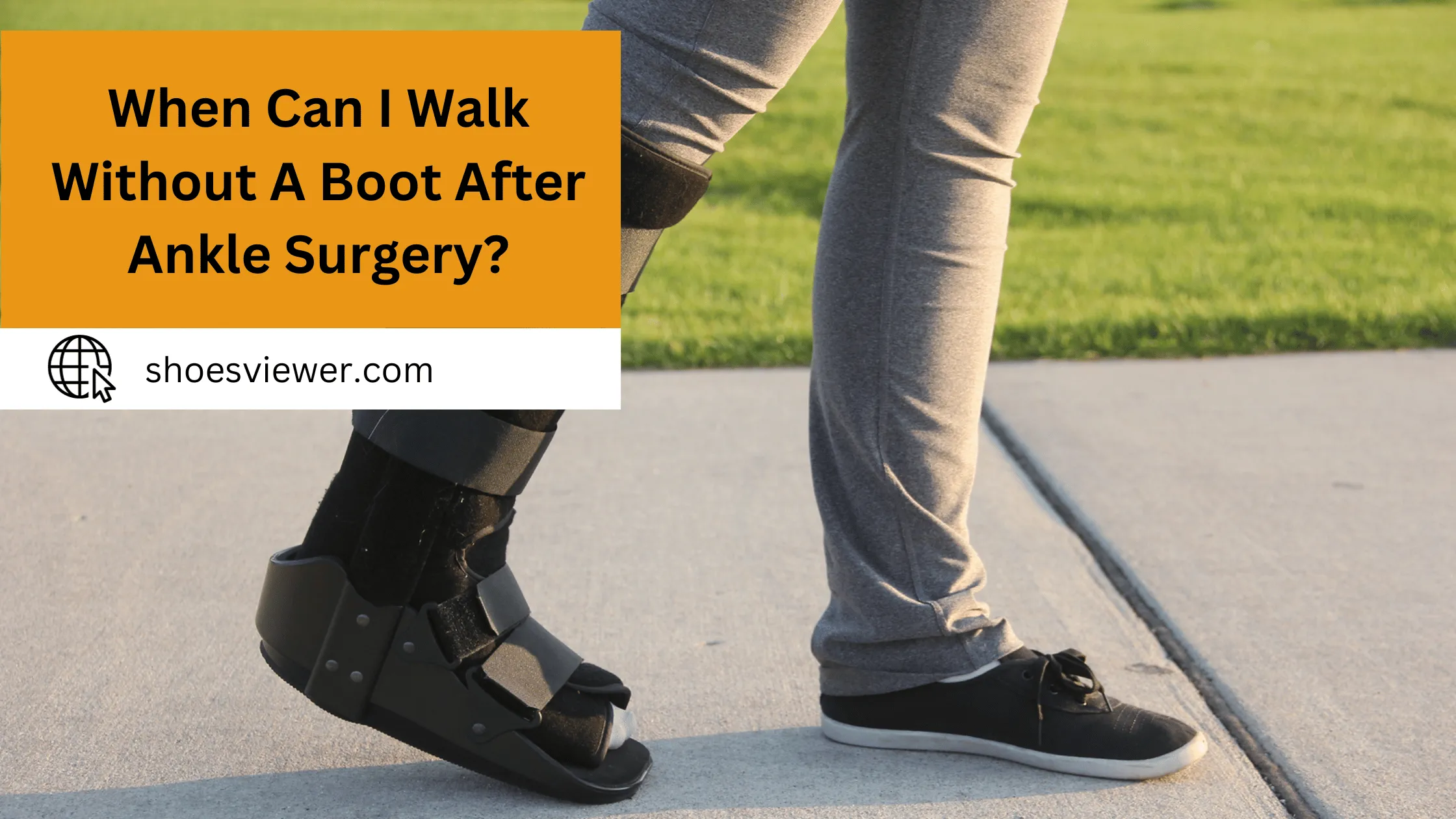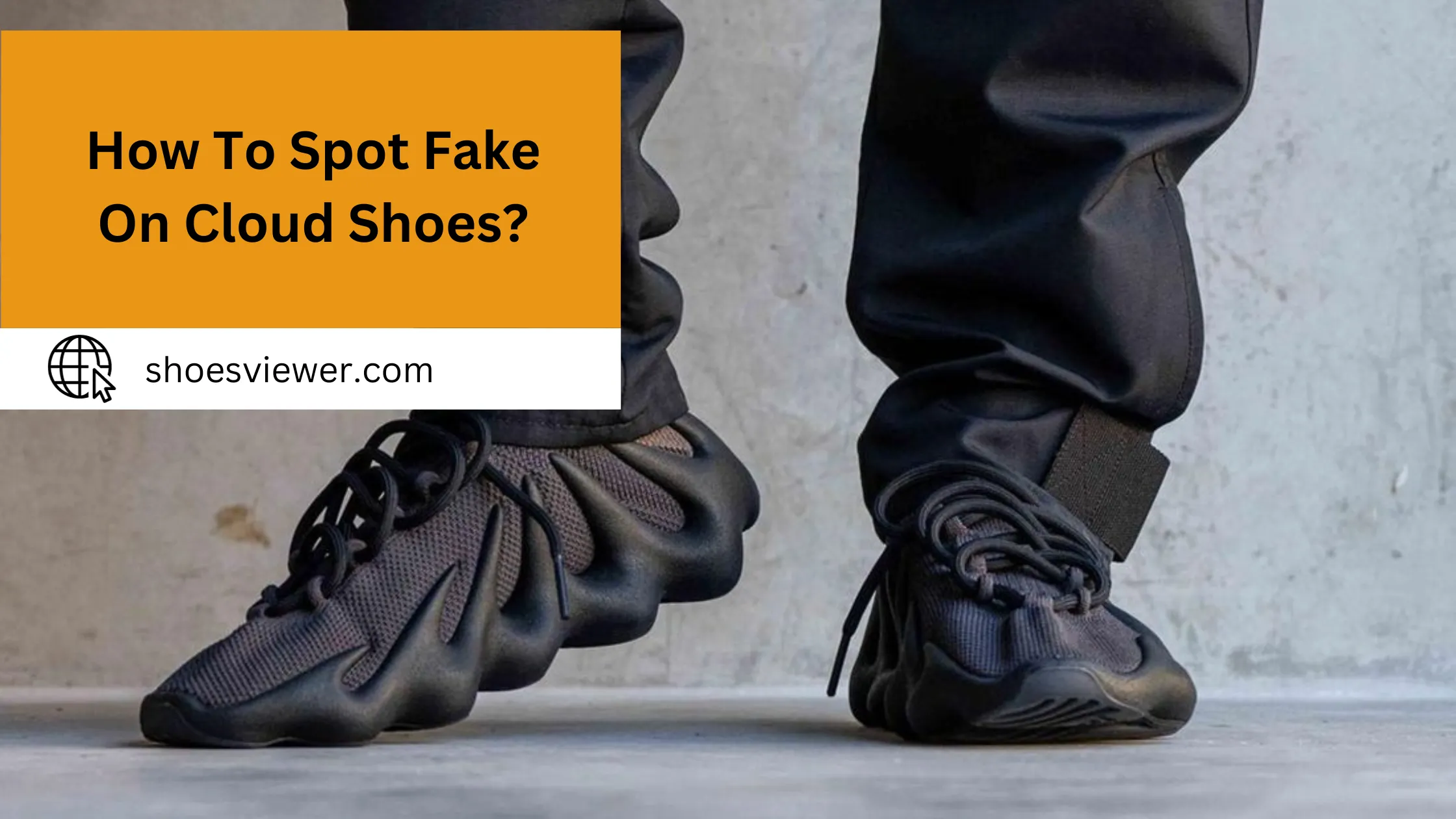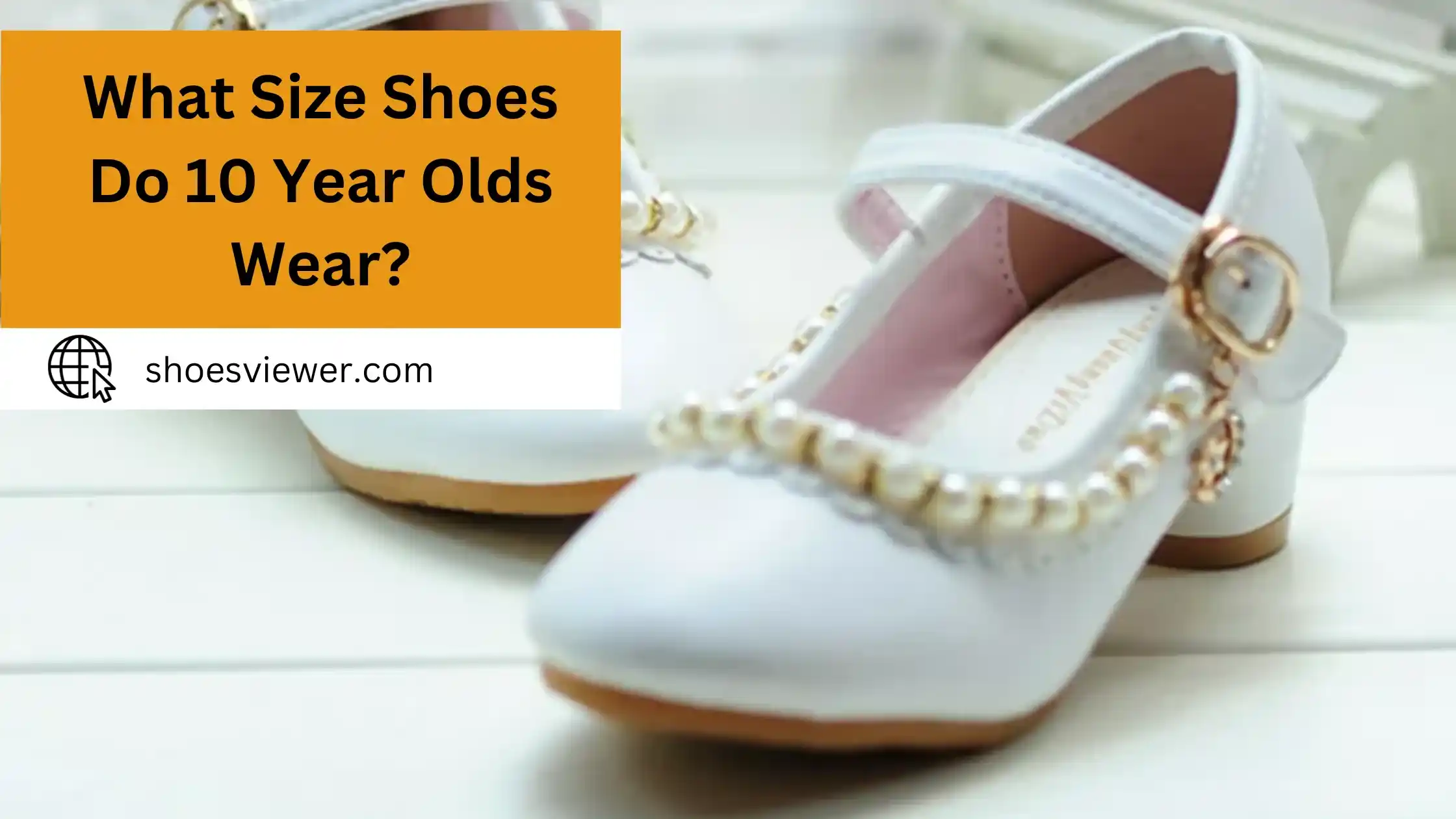I recently underwent ankle surgery, and the recovery was not as straightforward as I anticipated; I was wondering when I could walk without a boot in tow. Being patient during the healing process was vital, but I still had a lot of questions about when I should be able to take off my external aids.
This is why today, I’m bringing you along on my journey of learning how best to navigate recovering from an ankle injury or surgery and safely get you back onto your feet again. I’m going to discuss the challenges that arose while facing this issue, several experiments conducted to find out answers that would help me heal properly, and some conclusions about what strategies worked well for preventing future problems. Above all else, though, the biggest lesson learned here was patience!
So sit tight if you, too, are dealing with a similar situation or curious for guidance down road bumps others face, then keep reading!
Understanding The Healing Process - Timeline After Ankle Surgery:
During my recovery, I learned about the stages of healing and what to expect at each stage. Here’s how it typically goes:
Immediate Post-Op (0-2 weeks):
The first two weeks involved a lot of rest and keeping the ankle elevated to reduce swelling. I experienced pain during this period, but it was managed with prescribed medication.
Early Recovery (2-6 weeks):
During this phase, I started physiotherapy sessions to regain mobility and strength. The focus was on gentle movements to avoid re-injury.
Mid Recovery (6-12 weeks):
This was when I slowly started weight-bearing exercises under the supervision of my physiotherapist. I was still wearing a protective boot during this stage.
Late Recovery (3-6 months):
By this time, I was able to walk without assistance, but I continued with physiotherapy to fully regain strength and balance.
Full Recovery (6 months to 1 year):
This is when I finally felt back to normal. However, I was advised to continue with strengthening exercises to prevent future injuries.
Remember, each person’s recovery timeline may vary based on the severity of the injury and their overall health. However, understanding the typical healing stages can provide guidance and reassurance during this challenging time.
Initial Recovery Phase - The Importance of The Walking Boot:
Following a foot or ankle injury, the initial recovery phase is crucial. I learned this firsthand when I sprained my ankle during a hiking trip. One of the critical aspects of my recovery was the use of a walking boot, and today, I’m going to share my experience with you.
Protection:
The walking boot protected my injured ankle, providing the necessary support to prevent further injury.
Pain Management:
To my surprise, the boot helped reduce my pain. Its cushioning effect made walking less painful.
Mobility:
The boot allowed me to be mobile during my recovery. I could move around my house and even go outside for short walks.
Healing:
Most importantly, the boot allowed my ankle to heal. Immobilizing the injured area promoted healing during the critical initial recovery phase.
Recognizing Signs Of Progress - When Is It Safe To Walk Without A Boot?
One of the most significant milestones in recovery from a foot or ankle injury is when you can walk without a boot. I experienced this during my recovery from an ankle sprain. Let me share my journey and help you understand when it’s safe to walk without a boot.
Reduced Pain:
One of the first signs of healing is a significant decrease in pain. I noticed that I could bear weight on my foot without discomfort.
Increased Range Of Motion:
I realized I could move my ankle more freely without experiencing pain.
Improved Strength:
Through my physiotherapy exercises, I noticed increased strength in my ankle. I could perform previously challenging exercises.
Stability:
I could maintain balance while standing on my injured foot without the support of the boot.
After recognizing these signs, I began experimenting with short periods without the boot under the supervision of my physiotherapist. Recognize the signs of progress, but also be patient with your body. Your safety and long-term recovery are what matters most.
Gradual Transition - Steps To Start Walking Without A Boot:
Walking without a boot after a foot or ankle injury is a significant milestone. I experienced this transition during my recovery from an ankle sprain, and I’m here to share my experience and guide you through this process.
Short Sessions:
Initially, I would remove the boot for short periods while remaining seated or lying down.
Weight Bearing:
Next, under the supervision of my physiotherapist, I began practicing standing and putting weight on my injured foot without the boot.
Assisted Walking:
Using aids like crutches or a cane, I started to walk short distances.
Unassisted Walking:
Finally, when I felt comfortable and stable, I began to walk unassisted.
I learned that it’s okay to take small steps and gradually increase my confidence and stability. It was a reminder that recovery is not a race but a journey that requires patience and perseverance.
Exercises To Strengthen Your Ankle Before Walking Without A Boot:
During my recovery, I recall the anticipation and a bit of anxiety as the day approached to walk unaided again. So, I worked closely with my physiotherapist to devise a plan.
Here’s what worked for me and might work for you as well:
Isometric Exercises:
I began with isometric exercises, which involve contracting the muscles without moving the joint. Pressing my foot against a wall, I’d hold the position for about 15 seconds and repeat it several times. This was my starting point, as these exercises helped increase muscle strength without undue strain on my still-healing ankle.
Range Of Motion Exercises:
I progressed to a gentle range of motion exercises. Drawing the alphabet with my toes was a simple yet effective activity. It encouraged movement in all directions, promoting flexibility and preventing stiffness.
Resistance Training:
As my strength improved, I incorporated resistance bands into my routine. I’d anchor the band on a heavy piece of furniture and loop it around my forefoot, then gently pull my foot against the resistance. This was crucial for rebuilding the muscles along the sides of my ankle, which are essential for stability.
Balance Exercises:
One of the most transformative parts of my regimen was balance exercises. I started by standing on one foot while brushing my teeth. It sounds deceptively simple, but it was challenging and instrumental in improving my proprioception and my body’s ability to sense movement, action, and location.
Strengthening The Supporting Muscles:
My physiotherapist emphasized that a strong ankle isn’t just about the joint but the entire kinetic chain. So, I worked on strengthening my calves, quads, and hips, which all play a role in supporting ankle stability.
Sharing this experience is essential to me because I know how isolating recovery can feel. If you’re gearing up to walk without your boot, take heart. With dedication and the right approach, you can not only walk again but come back stronger.
Precautions To Take When You Start Walking Without A Boot After Ankle Surgery:
To ease my fears, I decided to follow a set of precautions recommended by my doctor and physiotherapist:
Use of Supportive Footwear:
I wore shoes with good arch support and a sturdy sole to provide additional stability.
Continued Physiotherapy:
Even after starting to walk without the boot, I continued my physiotherapy exercises to strengthen my ankle and improve my balance.
Avoidance Of Risky Activities:
I avoided activities that could cause a fall or stress my ankle.
Rest And Ice:
If my ankle swelled up or were sore, I would rest and apply ice to manage the inflammation.
I’m sharing these to help others transition from walking with a boot to without. Take precautions, be patient, and celebrate each step you take towards recovery. Your journey may be challenging, but with care and caution, you’ll successfully navigate this phase.
Conclusion:
As I look back, the process was long and trying, but I am so glad I stuck it out and forged ahead until my ankle had fully healed and recovered. It may seem impossible to recover from ankle surgery quickly, but don’t let that stop you from setting goals and pushing yourself to keep positive and motivated throughout recovery. With everything I have learned here, we can all continue striving for success in our unique processes.







